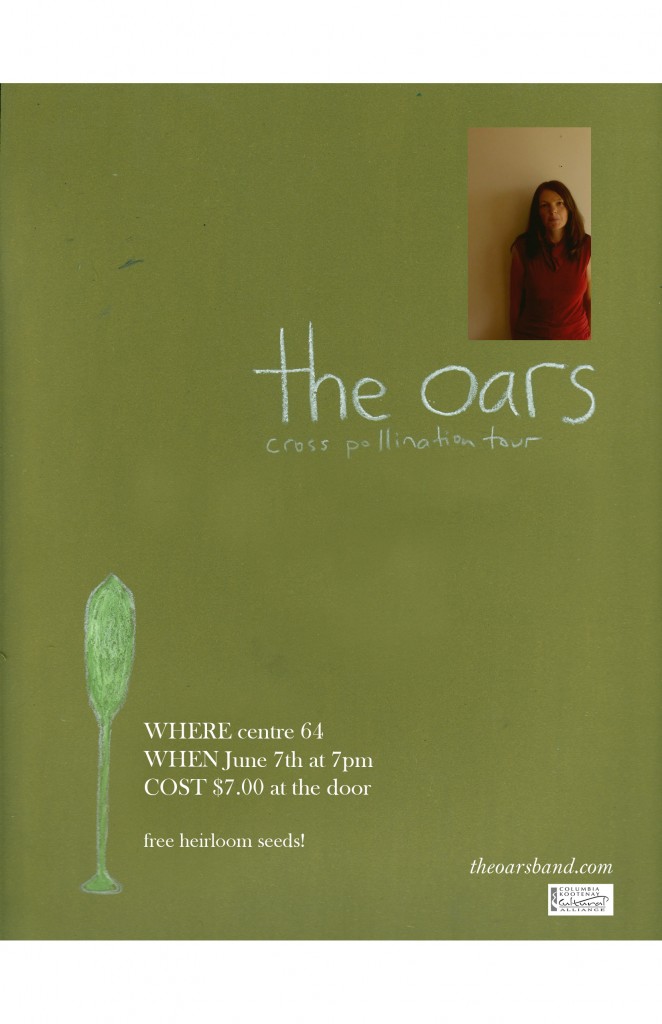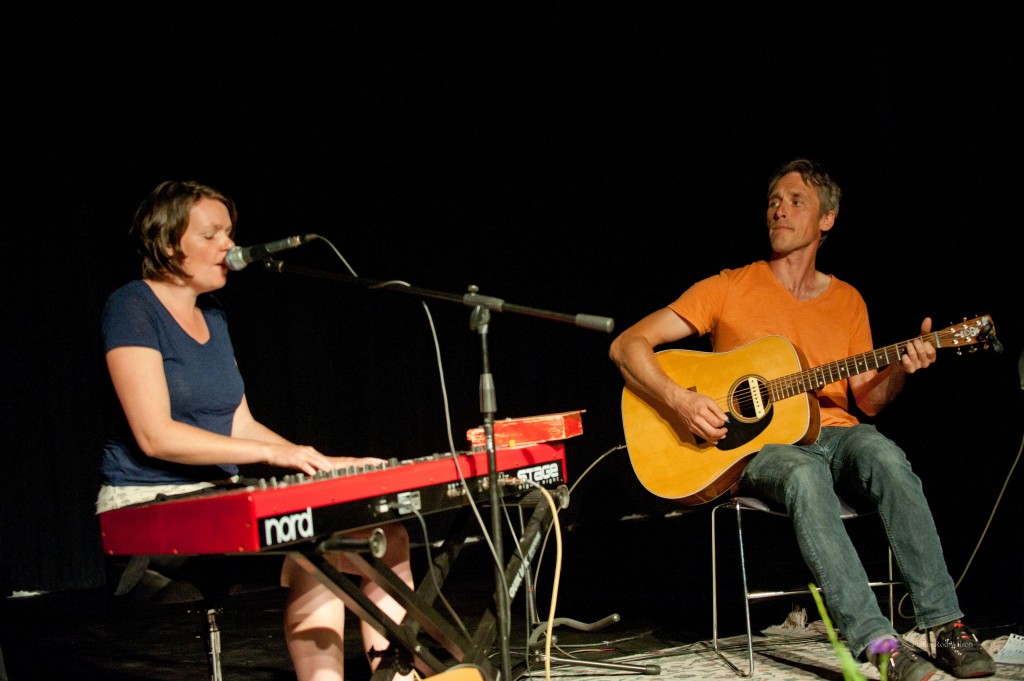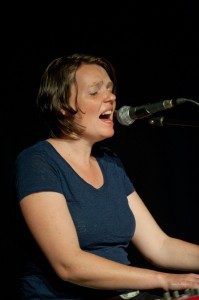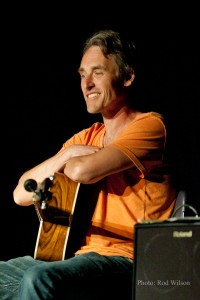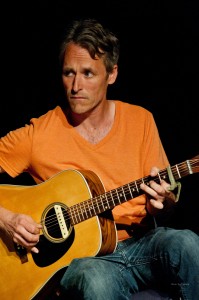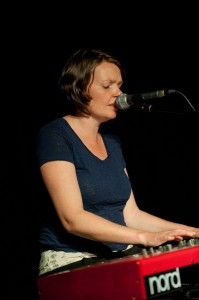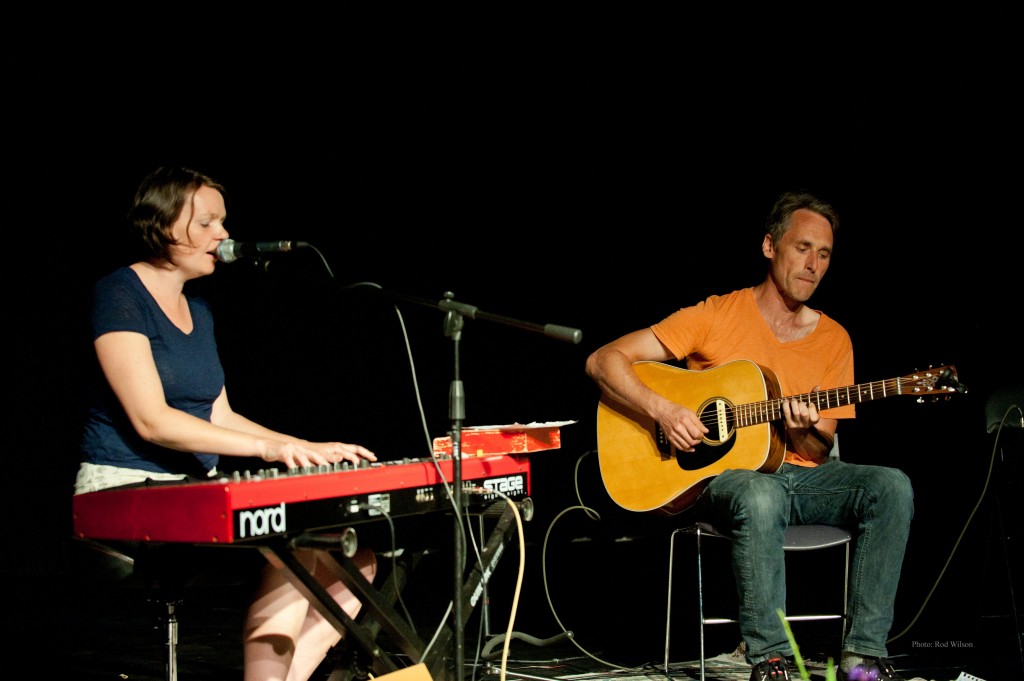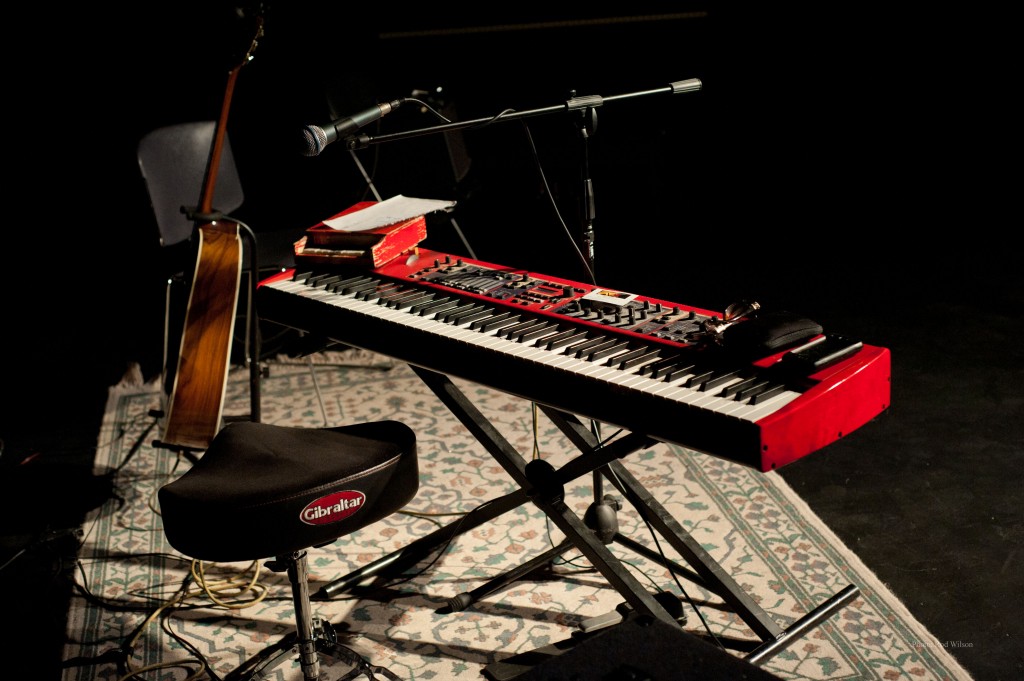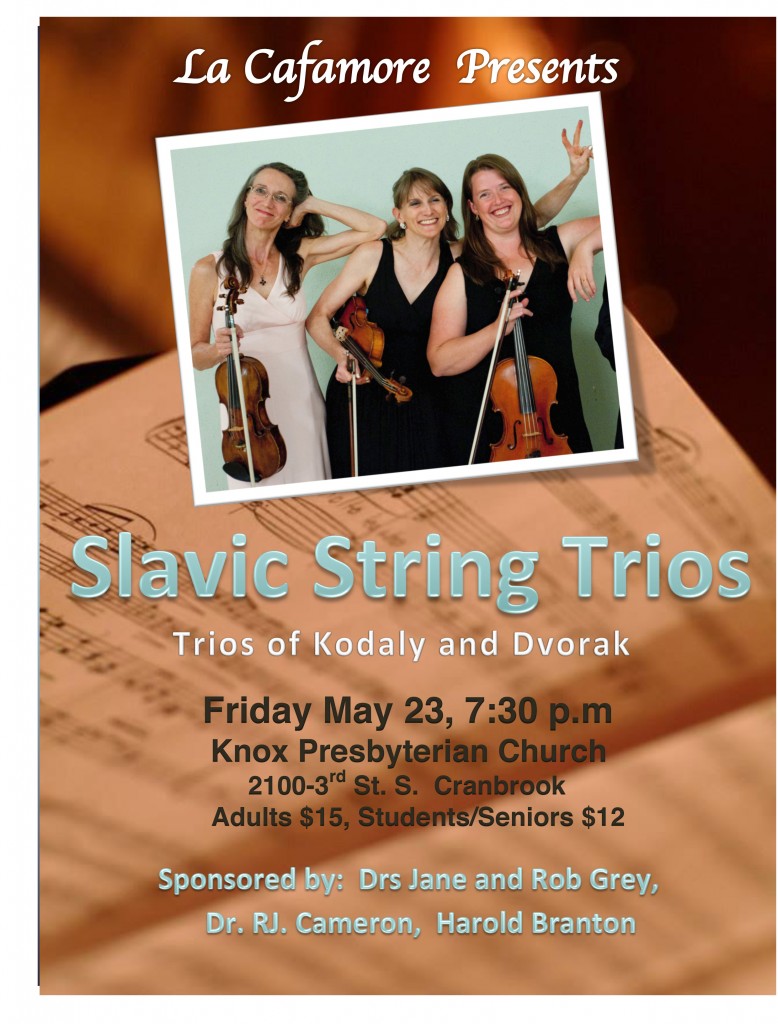Why? Well, first off that was the year that Johann Sebastian Bach (1685-1750) was born. Then there was George Frideric Handel (1685-1759) born in that year. Also in that same year Domenico Scarlatti (1685-1757) was born. In 1685 Antonio Vivaldi (1678-1741) was 7 years old. There were probably other important individuals born around that time but in the world of Baroque Music these gentlemen became the musical giants of the era. All of these men were working musicians in the real sense of the word. Their role was to provide music for the church, the aristocracy, students and, to a lesser extent, for social events. The demands were intense and, as a result their output was prolific. To give some idea of the volume of music we are talking about here, Arkiv Music, the on-line source for classical music lists 7,840 Bach recordings, 3,314 Handel recordings, 658 Scarlatti recordings and 2,318 Vivaldi recordings. So collectively that is over 14,000 recordings. Of course there are duplicates in there but that is still a lot of music to digest. Bach wrote a lot of instrumental, vocal, choral and church music but my particular focus of interest has always been with his keyboard music. My first acquaintance was with the Rosalyn Tureck vinyl recordings of the “Keyboard Partitas”, my second brush with the inevitable was with Maria Tipo’s recordings of the same works. The knockout blow came with Glenn Gould’s recordings of “The Goldberg Variations”. Glenn has been described as “a nutcase” but there is no doubt his interpretations of the music of Bach may never be surpassed. Fortunately, a complete box set of the Columbia recordings; GLENN GOULD – THE COMPLETE BACH COLLECTION has recently been released. At a modest cost of $72 + shipping the 38 CDs, and 6 DVDs (less than $2 a disc) is a formidable body of music to enjoy. If that is too much for an average soul then maybe his recordings of the Goldberg Variations are worth a listen. He recorded it twice in his career. Technology (stereo and Dolby sound) overtook his landmark 1955 recording and he revisited the studio again in 1981 to re-interpret and re-record this masterpiece. This was an exercise that was well worth the effort. The session was recorded on video and the resulting DVD is spectacular. Here is a link to Glenn Gould performing the Goldberg Variations (48 minutes – but well worth the time). “Quite possibly one of the best recordings ever made of any piece of music in the history of recording performances in the studio” – YouTube comment.
I am not overly familiar with the music of Handel. I would not be alone in that thought. The music of Bach and Mozart frequently over shadowed Handel’s achievements. Although, like Bach, he is a Germanic composer he is best known for his English Music. Particularly the “Hallelujah” chorus in “The Messiah” and the orchestral suites “The Water Music”. Further explorations of his music is on my bucket list.
Domenico Scarlatti was born in Naples and served Spanish Royalty for many years. He is best known for the over 500 Keyboard Sonatas that he originally composed for harpsichord. A significant number of these have migrated to the piano and these one movement sonatas are recognized as cornerstones of the keyboard repertoire. They demonstrate Scarlatti’s facility at adapting the rhythms of contemporary Iberian popular music to the keyboard. Or, if one likes to think of it in a particular way then it could be seen as a first taste of flamenco music. This may explain why transcriptions of the sonatas have found their way into the repertoire of just about every classical guitarist of the past 50 years. If one has an appetite for harpsichord music then the 555 sonatas are available in a landmark recording by Scott Ross – the ERATO 34 CD box set ($104) Scarlatti: The Complete Keyboard Sonatas. They were recorded by Scott Ross before he died in 1989 at the age of 38. I include this link to a harpsichord performance by Scott Ross while being fully aware that harpsichord music probably comes across as very harsh to modern ears A Scarlatti Sonata on Harpsichord . On the other hand when transcribed to guitar Scarlatti’s sonatas are very pleasing – here is a link to John Williams performing one of the most popular guitar transcriptions of a different sonata – The Scarlatti D minor Sonata .
Last, but not least, is the Italian composer Antonio Vivaldi who is mostly famous for his “The Four Seasons”. This composition is probably one of the most recognizable pieces of music on the planet. It is forever on radio, TV, in films and concert performances. It is a shame in a way because Vivaldi’s focus in life was opera music and he would have probably preferred to have been remembered for that. But let’s not forget that the working musicians of that era were not writing for prosperity. They were very much in the moment, composing music for the immediate needs of their employers, patrons and students. As a composer he had an enormous influence on the baroque instrumental music of his day. The content and style of his sonatas and concertos were even emulated by Bach. In unkind moments critics have accused Vivaldi of writing the same sonata over 200 times. My first acquaintance with Vivaldi’s music was with his concerto for mandolin. To this day it is still one of my favorite pieces of music. Despite the fact that there are over 2,000 recordings of Vivaldi’s music in the Arkiv catalogue my choice is the I MUSICI 19 CD box set of VIVALDI: CONCERTOS AND SONATAS Opp.1-12 (Newton Classics) . With the exception of one Oboe Concerto and one disc of Flute concertos this is predominantly violin music in many, many, configurations. From the first disc of Trio Sonatas right through to the end of the last disc in this 19 CD collection this music is a revelation. The music does not repeat it self. The only possible duplication I detected is a fragment of the mandolin concerto that showed up in one composition. Currently one of my favorite pastimes of the day is to make lunch and kick back for about an hour and let Vivaldi’s music fill my sonic space. At around $60 this boxed set is one of my best investments ever.
The time of their birth, 1685 or there about, is a long time ago. They were all dead by the time 1760 rolled around. That’s before the American War of Independence and the founding of the United States of America. That’s over 250 years ago and yet their music is still very much apart of modern cultural life. That’s a formidable achievement.
Here are some additional links with Rosalyn Tureck playing the Prelude from Bach’s Partita #1 (audio only) and Maria Tipo playing the same piece Prelude from Bach’s Partita #1 (audio only) . Here is another version by Andras Schiff – he starts with the Prelude then follows through with the entire Partita #1 . If you are unfamiliar with Bach’s Keyboard music the Partitas are a great place to start.
@@@@@@@@@@@@@@@@@@@

